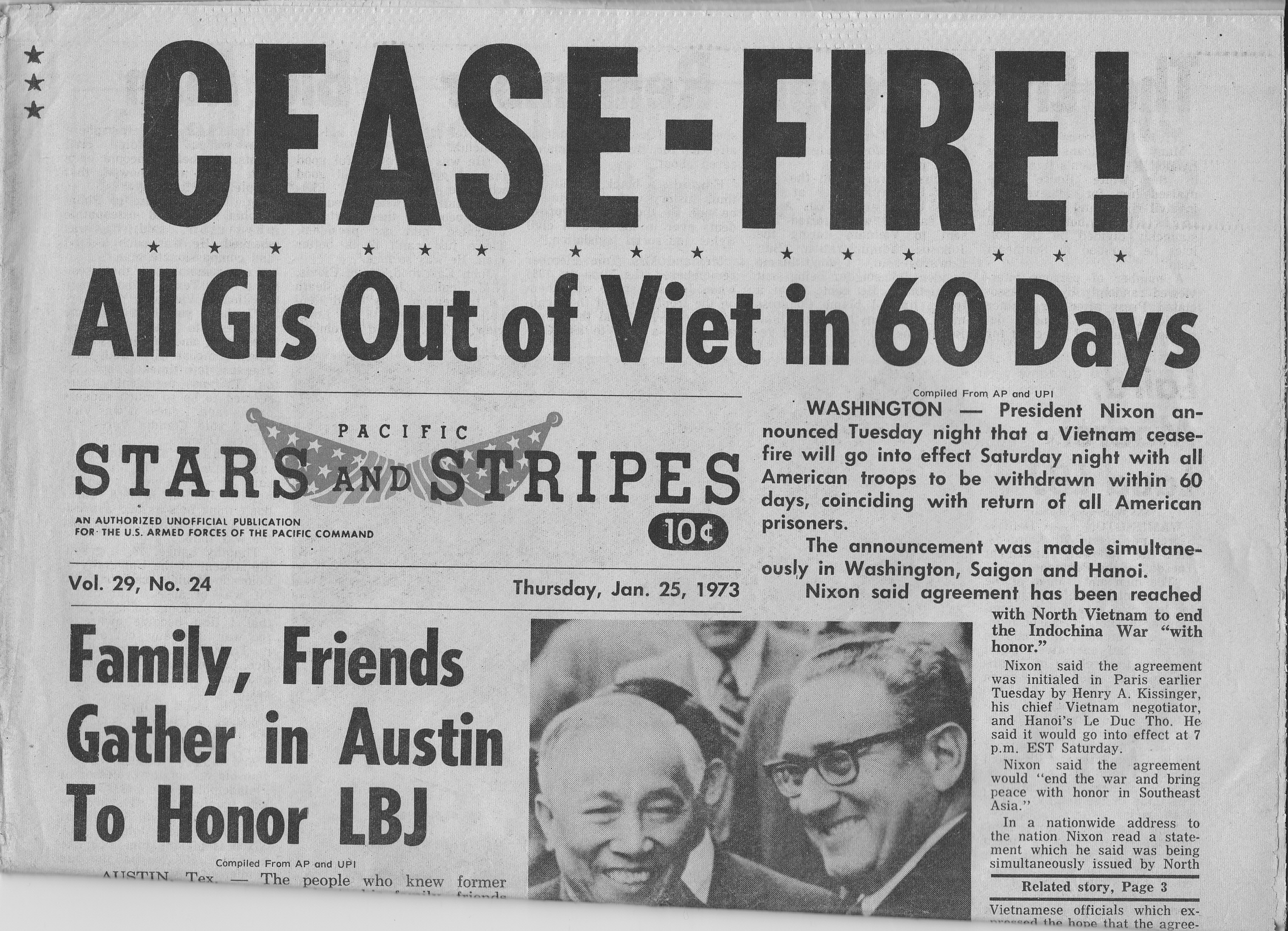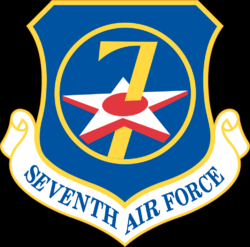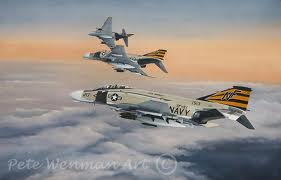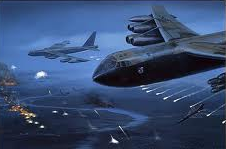by John ‘Shylock’ Koch
I still cherish the time I spent with the air wing. As I look back on it we were warriors and comrades all rolled up together. When one of us called for help, we all came, and we owe our lives to each other. If I got a call from any one of you, even now, that we had a strike to hell, I know Snake and I would be there with our 28 Mk 82’s strapped to our ass ready to deliver the payload, for we are Naval Aviators !
Warrior yes, Warlike no. Scratch that dedicated exterior and you will find the biggest softy in the world. He always has time to help. His capacity for lending a hand to less fortunate is probably the only thing that exceeds his bent for a good time. Check him closely and you’ll more than likely find a tear in his eye at his son’s Little League baseball game or when he is holding his daughter when she says “I love you Daddy”, or when his granddaughter calls “Papa, Papa”.
No rocket will replace him. No American can do without him. You may not appreciate him but you can’t ignore him. You can heap abuse upon him and call him names, but the next time you need him, he’ll be there. And though he may not understand why, he will keep his dedication, his courage, and his desire to serve; after all, he is a Naval Aviator.











